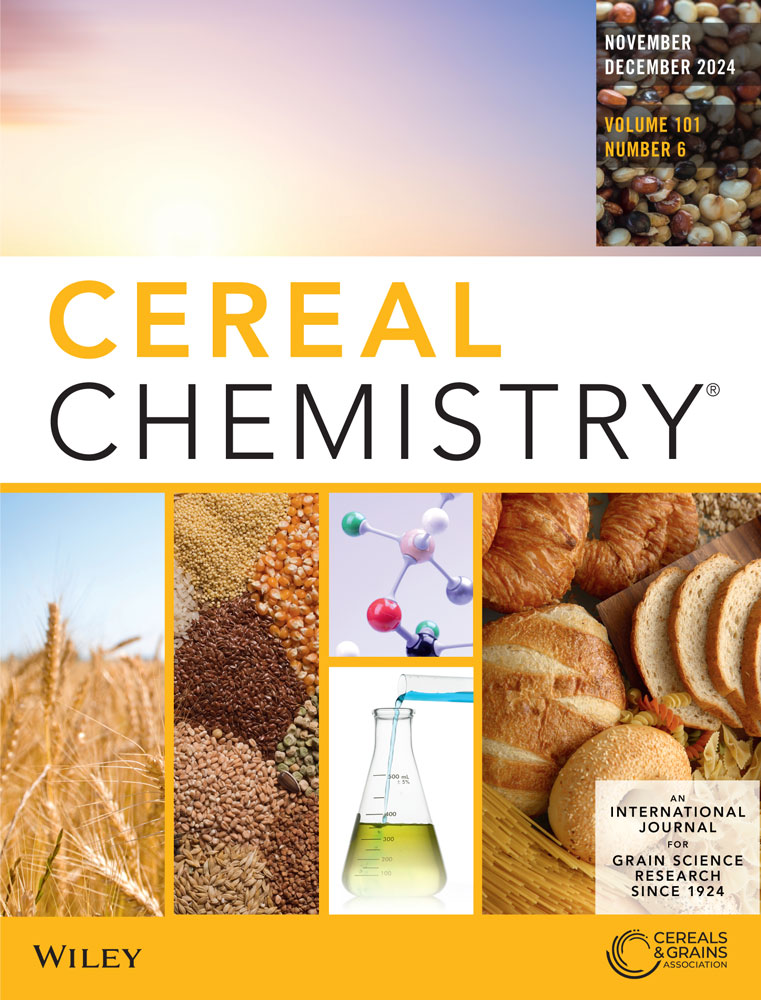Ultrasonic-assisted enhancement of malt characteristics in amaranth: A study on physicochemical, amino acid, sugar profile, rheological properties, and muffin making
Abstract
Background and Objective
This study aimed to assess the potential of incorporating ultrasonication treatment into the soaking process before germination as a method to enhance the nutritional profile of amaranth. While ultrasound has been used to expedite germination in various grains, its impact on germinated grains from a food science perspective remains underexplored. The research focused on the effects of ultrasonication on the composition, functional, and rheological properties of amaranth grains post-germination.
Findings
The study revealed that germination alone significantly increased γ-aminobutyric acid (GABA), protein content, phenolic acids, amino acids, and total dietary fiber while reducing phytic acid and rheological parameters. Incorporating ultrasonication during soaking further elevated amino acids, GABA, protein, and phenolic acid levels. Notably, ultrasonication increased protein content by 25%, antioxidants by 35%, and dietary fiber by 20%, and attributed to cell wall breakdown and enhanced enzymatic activity during germination. Phytic acid levels decreased by up to 95% with prolonged ultrasonication, enhancing nutritional quality. Additionally, GABA levels revealed a significant rise, with an 82% and 87% increase in the Annapurna and Durga varieties, respectively. The study also found that ultrasonication led to reduced starch content, decreased pasting properties, and increased sugar content in the grains. Muffins made with ultrasonicated amaranth showed lower water activity levels, indicating better shelf stability, though specific volume decreased due to starch breakdown and increased amylase activity.
Conclusion
The study demonstrates that ultrasonication combined with germination is an effective method for enhancing the nutritional and functional properties of amaranth grains. This method significantly boosts health-promoting components like GABA, proteins, and antioxidants while also affecting key baking quality parameters.
Significance and Novelty
This research introduces a novel application of ultrasonication to improve the physiochemical, antioxidant, functional, and rheological properties of amaranth grains. The findings suggested a promising strategy for developing nutrient-rich, functional food ingredients, addressing the growing demand for healthier food products.

 求助内容:
求助内容: 应助结果提醒方式:
应助结果提醒方式:


